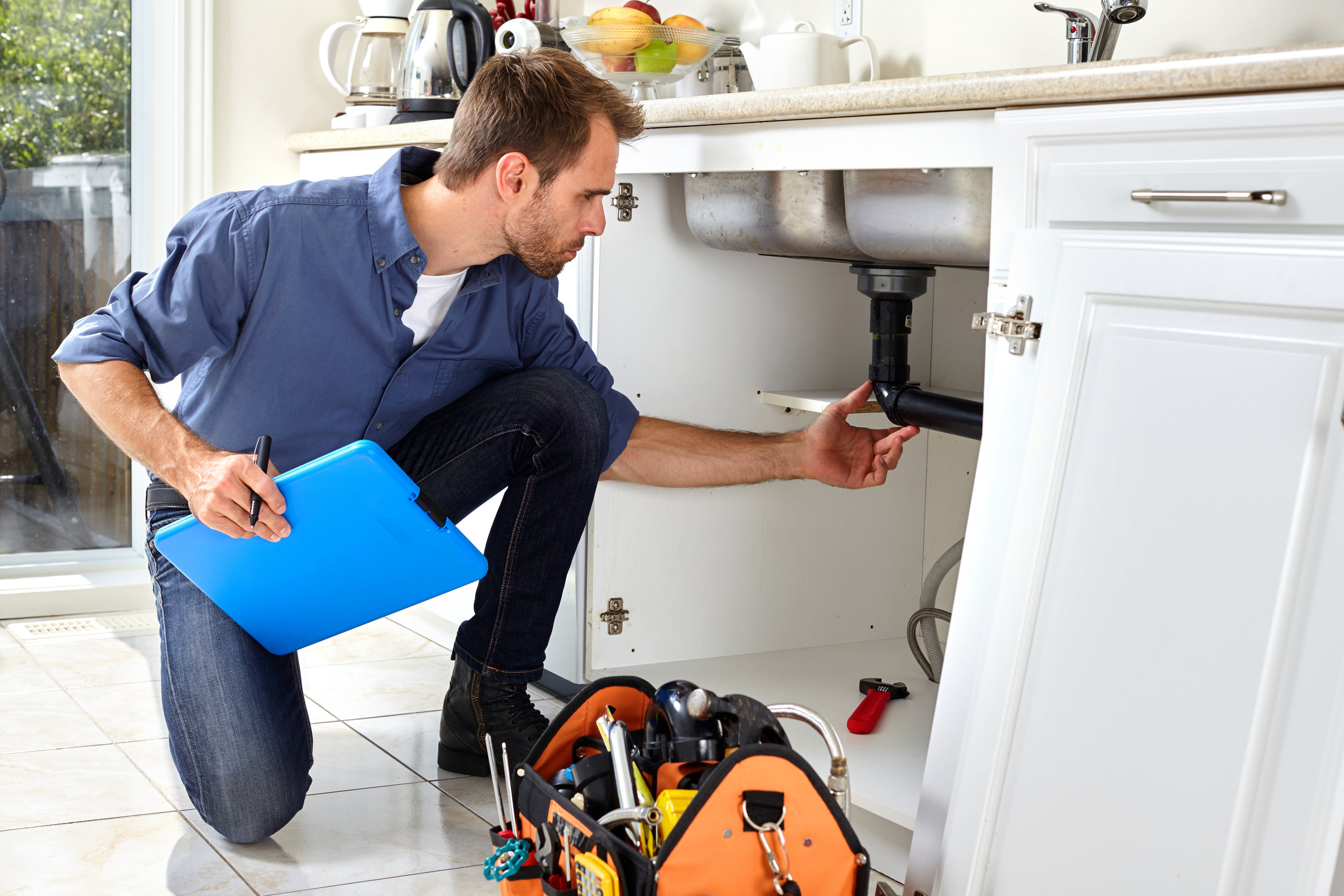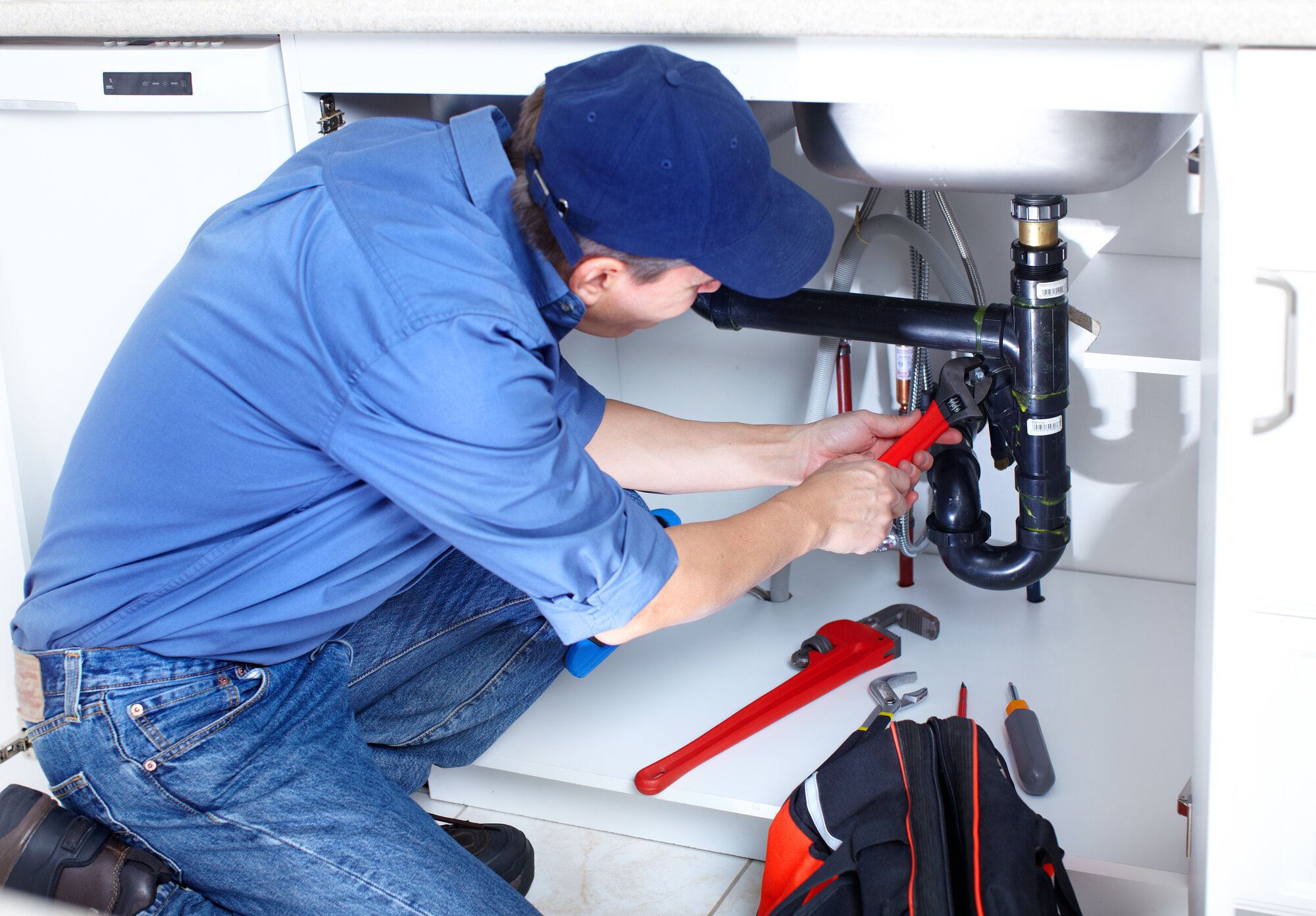Trusted Plumbing Services Alabaster AL for All Your Repair works
Wiki Article
A Detailed Overview to Effective Water Heating System Setup for Optimal Efficiency
Getting started on the task of mounting a water heating system is an endeavor that requires precision and a methodical strategy for attaining optimal performance. The procedure begins with the important choice of picking the suitable heating system customized to the particular requirements of your household, considering elements such as kind, energy, and size source. Once selected, preparing the installation location to satisfy safety standards is paramount. Nonetheless, the journey doesn't end here. As you continue, the intricacies of connecting supply of water lines and establishing dependable electrical or gas links wait for, promising understandings right into guaranteeing performance and integrity.Choosing the Right Water Heating Unit

Following, take into consideration the size and capability of the hot water heater. It's crucial to examine your house's warm water demands, which can vary based upon the variety of residents and their use patterns. An unit that's too small might lead to not enough hot water, while an oversized design might lead to unneeded energy consumption.
Effectiveness ratings additionally play a pivotal function in choice. Seek water heaters with high Power Factor (EF) ratings, showing remarkable efficiency and minimized energy use. Tankless versions, though usually much more expensive in advance, offer considerable energy savings gradually because of their on-demand heating capabilities.
Preparing the Setup Area
Before installing a new water heating system, precise preparation of the installation location is necessary. It's essential to measure the space carefully to accommodate the water heater's measurements, making certain adequate clearance around the device for efficient procedure and maintenance.Next, remove any kind of particles, dirt, or obstructions from the site to produce a tidy environment. Inspect the floor for security, as the hot water heater will require a solid, degree surface to operate efficiently. If needed, install a drip frying pan under the unit to capture potential leaks or spills, avoiding water damages to the surrounding location. In regions susceptible to seismic activity, consider setting up seismic straps to safeguard the heating unit securely in position.
In addition, guarantee that all necessary devices and products get on hand before beginning the setup. This consists of things such as wrenches, screwdrivers, a degree, and any kind of added equipment required for installing and protecting the heater. A well-prepared installation area establishes the structure for a successful water heating unit configuration, enhancing performance and safety.
Connecting Water Lines
When attaching water lines to your freshly installed hot water heater, it is important to make certain that all connections are safe and leak-free to keep efficient procedure and prevent water damage. Begin by identifying the cold and hot water system lines. The cold water inlet is normally noted with a blue tag or a "C", while the warm water outlet is marked with a red tag or an "H".Usage flexible hot water heater ports to facilitate a much easier installment process. These connectors can take in resonance and permit minor activity, reducing the threat of leakages. Prior to attaching the ports, put a plumbing professional's tape around the threaded ends of the water heater's inlet and outlet pipes - Plumbing Alabaster AL. This tape functions as a sealant, protecting against leakages. Meticulously attach the versatile hose pipes to the respective inlet and outlet, guaranteeing that they are tight yet not over-tightened, which can damage the threads.
As soon as connections remain in area, slowly switch on the main water supply valve. Evaluate each connection for leaks by visually checking and really feeling you could look here for dampness. Tighten up connections as necessary, and ensure the stress safety valve is properly installed, guarding against too much stress build-up.
Setting Up Electric or Gas Connections
Effectively establishing the electric or gas links for your hot water heater is an essential step to make certain risk-free and effective operation. For electrical hot water heater, begin by verifying that the electrical circuit works with the heating system's voltage and amperage demands. Guarantee the power supply is transformed off at the circuit breaker to stop crashes. Attach the electric cables to the heater adhering to the manufacturer's wiring layout. Commonly, this entails connecting the ground cable to the environment-friendly terminal, and the continuing to be cables to their equivalent terminals, securing each with wire nuts.For gas water heaters, safety is extremely important. Link the gas line to the water heating system using a versatile gas connector, ensuring it is appropriately threaded and secured with pipe joint substance or Teflon tape appropriate for gas links.
Once connections are made, check for any kind of possible leakages. For gas lines, use a soapy water option to the joints; bubbles suggest a leakage. For electrical links, double-check that all wiring is safe and secure and correctly shielded, keeping conformity with neighborhood electrical codes.
Testing and Changing for Effectiveness
With the electric and gas links securely in location, the next action is reviewing the functional efficiency of your hot water heater. Begin by carefully activating the supply of water and making sure there are no leaks at any of the joints or shutoffs. When confirmed, proceed to load the container, paying attention to the pressure and temperature setups. It is a good idea to establish the thermostat to a recommended temperature of around 120 ° F(49 ° C) to stabilize power performance and comfort.Next, do an extensive assessment to guarantee the heating components or gas heaters are operating correctly. For electric heating units, utilize a multimeter to verify if the aspects are attracting the appropriate current. In gas models, observe the burner fire; it must be consistent and blue, indicating reliable burning.
Adjust the setups as required to remove inadequacies. Consider implementing insulation procedures, such as adding a water heating unit blanket, to additionally boost performance by decreasing warmth loss. In addition, inspect the anode rod's problem, as a tatty rod can minimize efficiency and result in storage tank deterioration.
Verdict
Efficient water heater installation is find out here crucial for making sure optimum performance and power cost savings. Firmly connecting water supply lines and thoroughly establishing up electric or gas links minimize potential issues.
Correctly setting up the electric or gas links for your water heating system is a crucial step to ensure effective and risk-free procedure. For electric water heating systems, begin by validating that the electrical circuit is compatible with the heater's voltage and amperage demands. Attach the gas line to the water heater utilizing a flexible gas connector, guaranteeing it is effectively threaded and sealed with pipeline joint compound or Teflon tape suitable for gas links.
Report this wiki page